This week, I’m showing some tests from my new camera’s maiden voyage, taken at the Bristol Renaissance Faire in late August, about a day after it arrived on my doorstep. As tests, these aren’t about creating art, but rather figuring out where the controls are and how to adapt to the new mirrorless technology. For less geeky camera blather and more test pictures, feel free to skip to the good stuff.
Mirrorless Cameras
Professional mirrorless cameras gradually began to hit the market over the last several years, and while I resisted the transition for as long as I could, eventually the technology advanced in ways that would make my job simpler, and I resolved to upgrade my camera the next time Canon introduced a new model in the R5 line.
A mirrorless camera kind of works like a phone camera, such that you’re seeing a live video representation of your potential image, whereas previous digital and film cameras used an internal mirror to reflect the real-life non-video picture you were viewing through the camera’s eyepiece. This is naturally a gross oversimplification, and for those who are curious there are plenty of websites that explain them in exhaustive detail.
This change in camera technology simultaneously allows for a host of new features (and a few complications). Perhaps the biggest draw for me is the way the camera tracks subjects’ eyes. Such advancements save me significant time and allow me to be more present with my subjects and less focused on my technology.

Testing Objectives
My initial camera tests with my new device took place between the Bristol Renaissance Faire, the Chicago Botanic Gardens, and Laughing Stock’s production of their commedia show Alone at Last at Ridgeville park in Evanston. For this post, I’ll concentrate on the first two and leave the third for its own later post.
I should say again that I wasn’t trying to make art at any of these three initial camera tests. My objective was to become familiar with the camera so that I could use it with the agility with which I’ve used my Canon 5D MK IV these past eight years. There are significant differences between the cameras, lots more features, and many changes to where menu items are located and how to navigate quickly from feature to feature.
Cameras are so good nowadays that you can probably get great results from the automatic mode. I haven’t tried that. For me personally, the point of owning a sophisticated camera is to understand the parameters of an art-making tool. What options are available, and how can I use this tool to create something interesting? The key to doing that is a whole lot of experimentation and learning where everything is and what it does. That was the point of the exercise in these first tests. So without further ado, let’s jump in.
Bristol
My new camera arrived just before our annual trip to the Bristol Renaissance Faire, where I promptly ran into these two gentlemen, Dirk and Guido: The Swordsmen! Having known these fine fellows since 1994, the year I got my first serious film camera, their show seemed like a good place to start tests for my new one. I snapped a couple quick tests right before they went onstage, and then we were off.

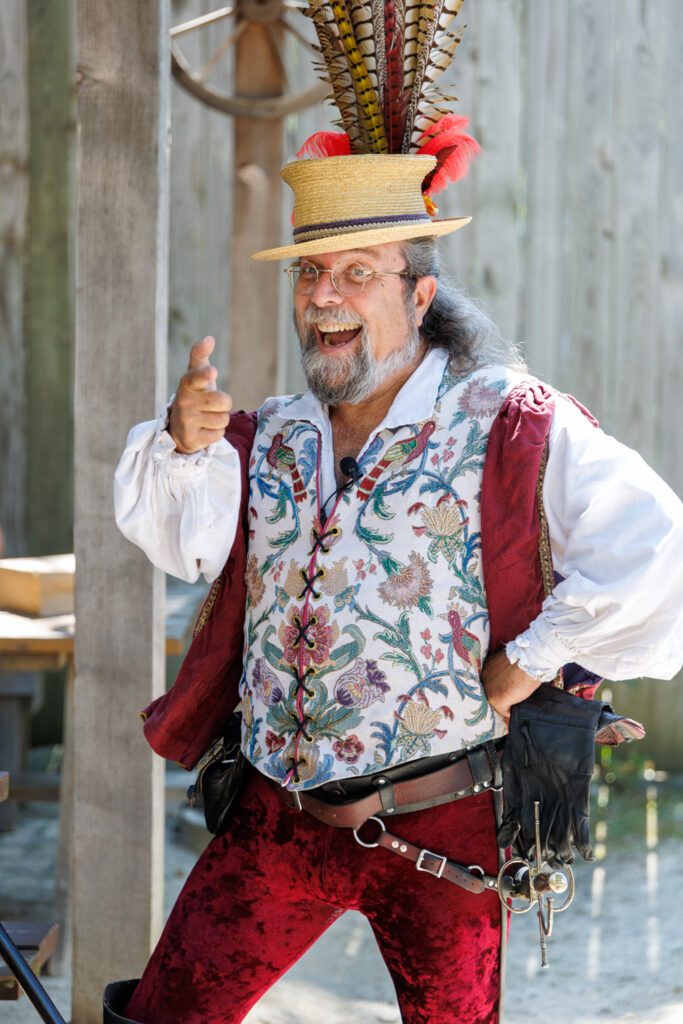
Distance and Resolution
My first and last tests of the day were trials of lens plus camera resolution. These tests were not only about testing the camera but about the lens I bought with it, my first 24–105 zoom, an all-purpose lens for shooting in a wide variety of situations. Below left, you can see where I photographed shows at the back of the audience; here, the camera and lens are zoomed out to their maximum at 24 mm. On the right, I’m standing in the same place, zoomed in all the way, and I’ve cropped a section of the image to show the detail that’s possible even this far away. Focus is still very sharp.


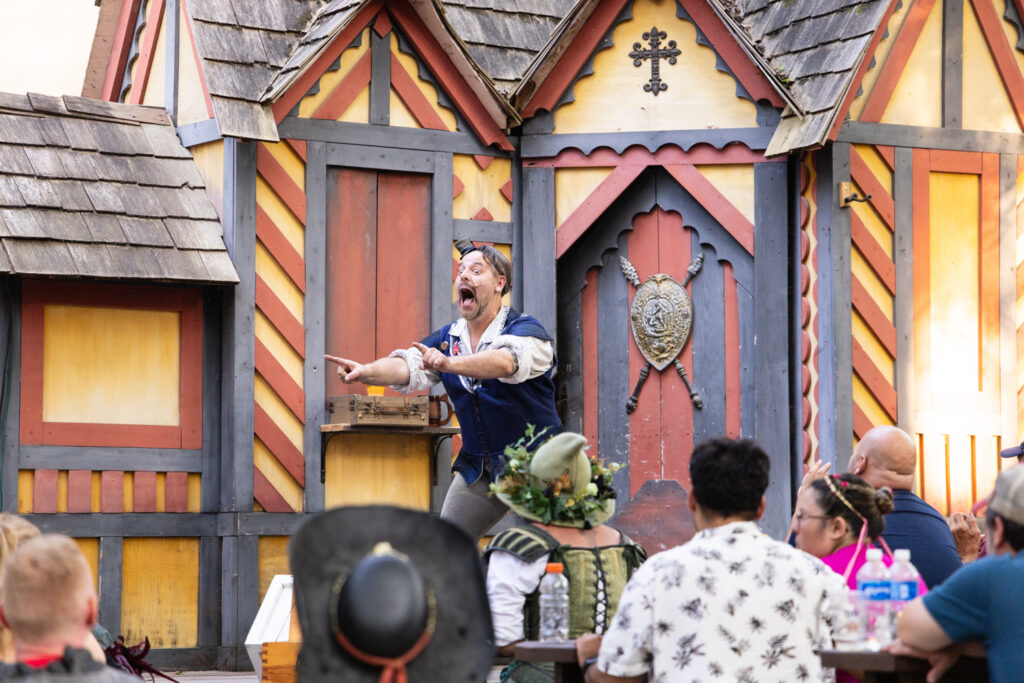

BOTTOM: Menage a Moi, starring the Renaissance circuit’s nicest guy, Greg Larson.
Capturing the Moment
Event, sport, and wildlife photographers need to be able to capture action as it’s happening, to catch every important moment. While photographing the perfect moment still requires a certain amount of skill and preparation, camera technology has made it vastly easier than it was. The pictures below were taken with a minimum of effort and zero preparation on my part—simply lifting the camera to my eye and pressing the shutter.
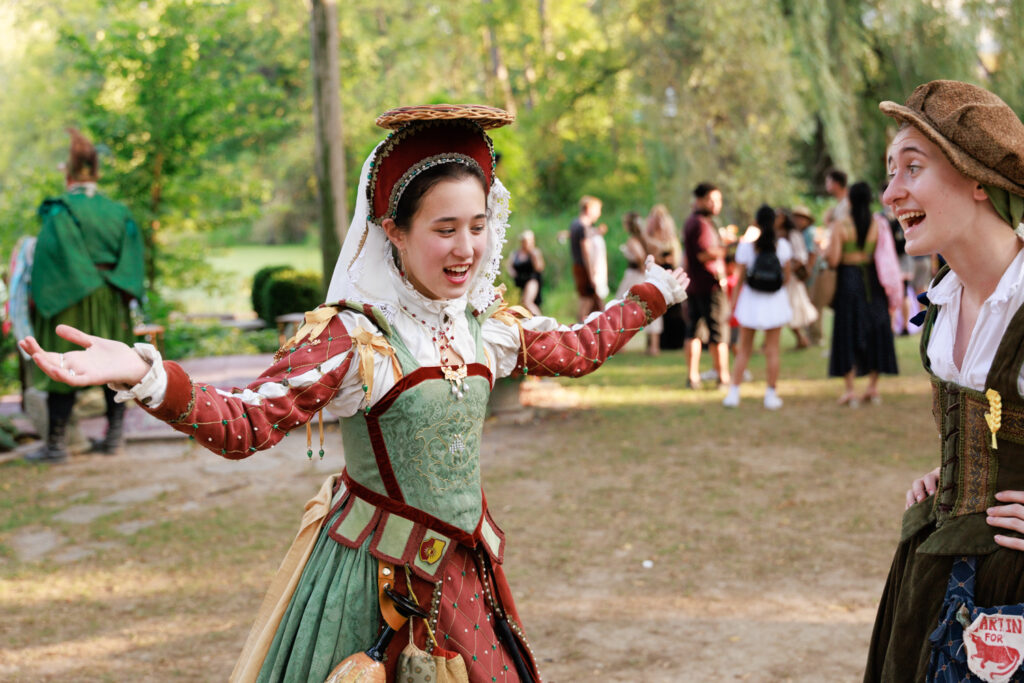

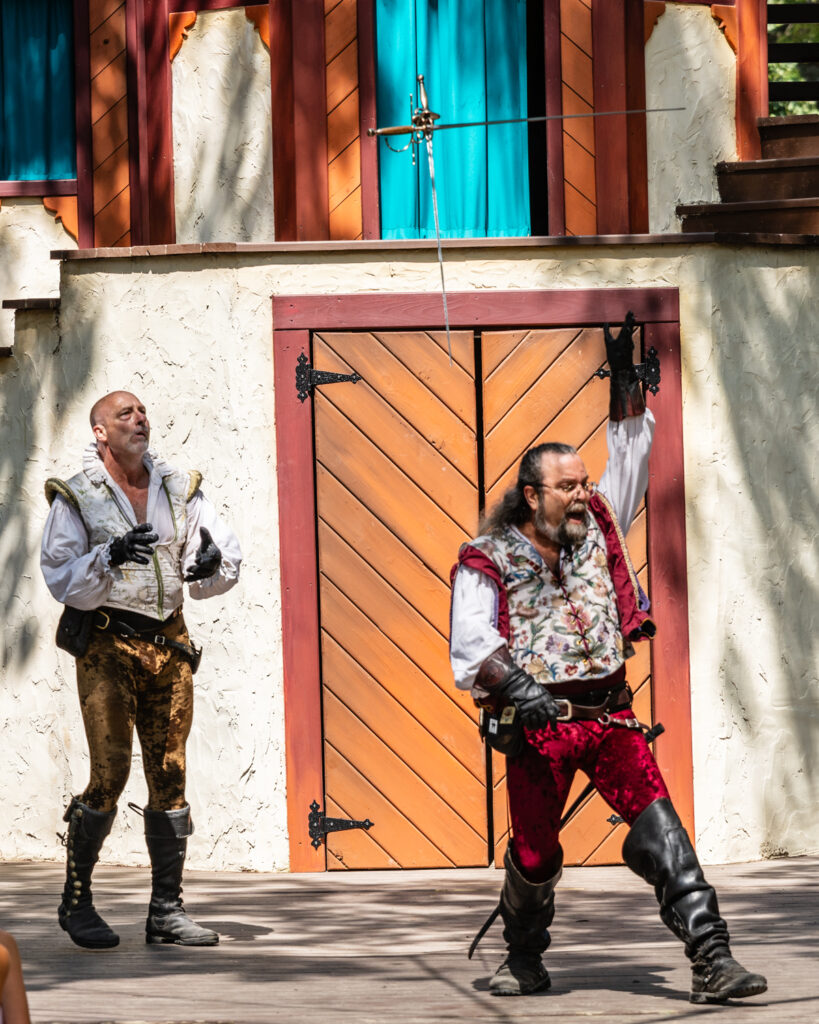
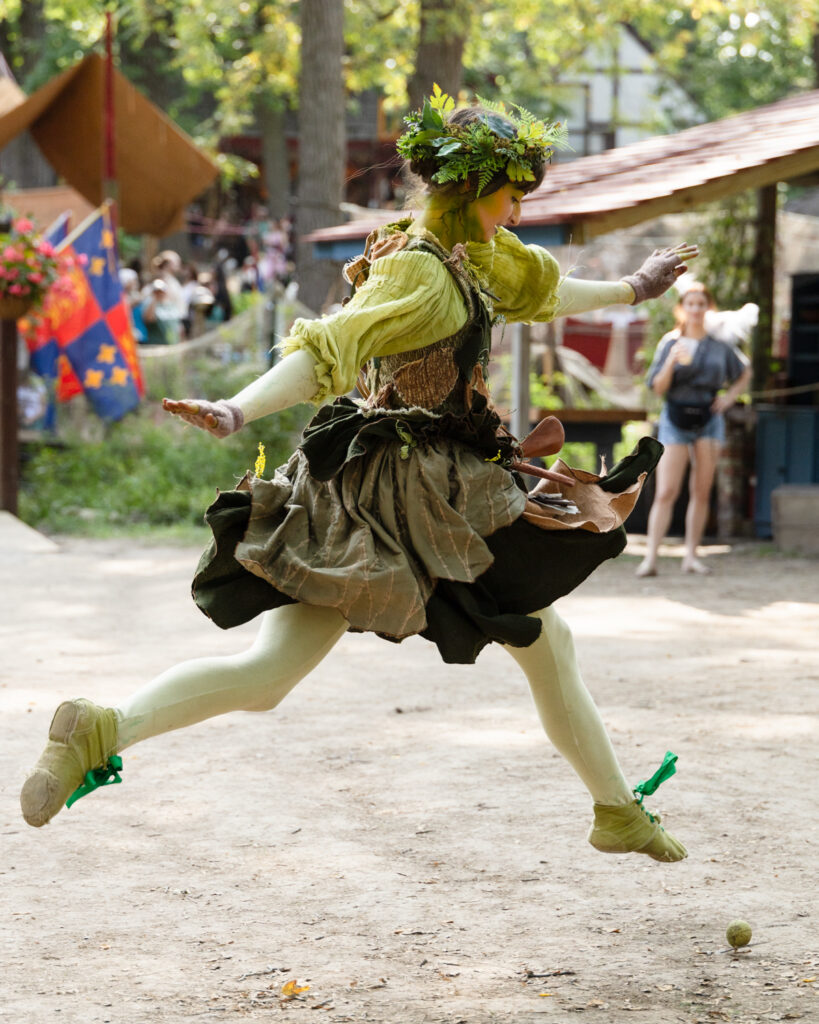
Street Portraits
Here’s a look at some 2024 portraits, taken once again with very little effort. The new camera immediately locks onto the subject’s eyes, making portraits very easy in natural light.
Followers of The All Worlds Traveller may recognize Elizabeth and Rachel in the photos below. Also of note, Chris Stryker, aka Lord Walsingham, who I met one fine day during my second year performing at the Ohio Renaissance Festival in 1993 and who many years later served as the guest of honor at the Renaissance banquet for a theatre company I once co-founded with friends, Darknight Theatrical Productions, in 2001.

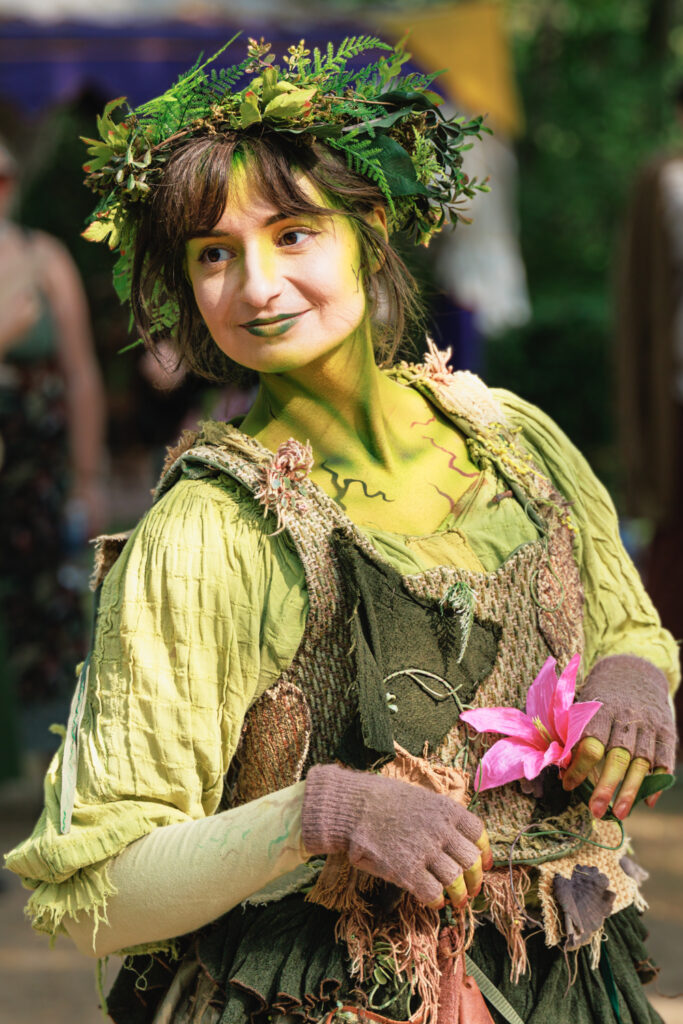
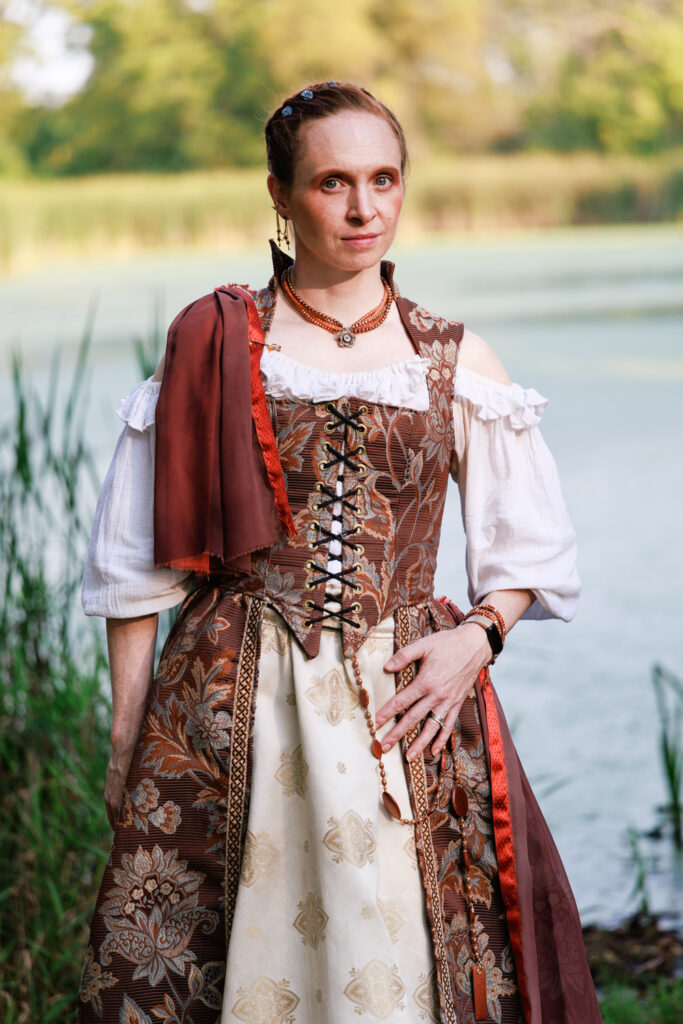
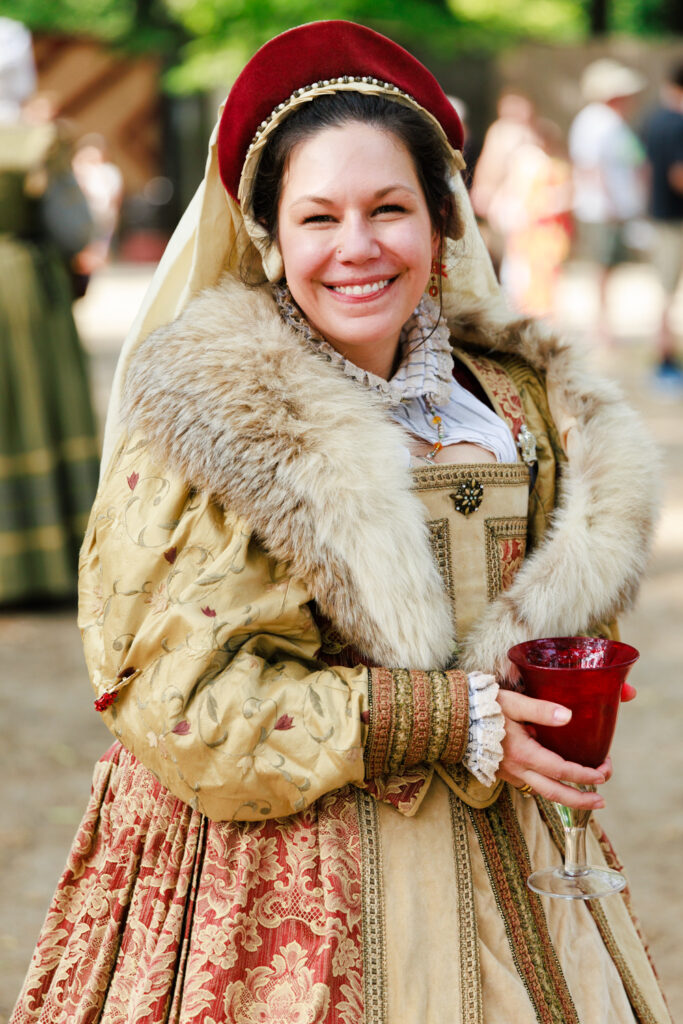


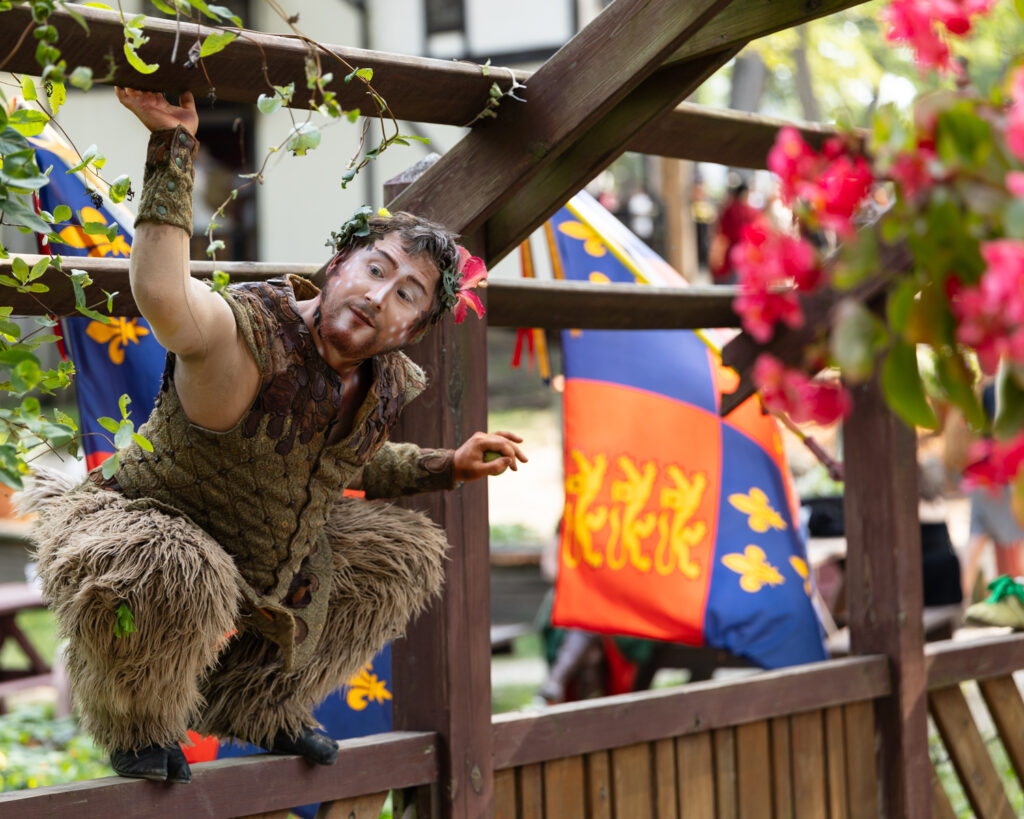

Then and Now: Film and Digital
I first learned to shoot costumed portraits at Renaissance faires many years ago. Some of those folks from the ’90s are still performing at Bristol twenty-five years later.








SECOND ROW: Chris Stryker, 1999/2024.
THIRD ROW: Joshua Safford, 1999/2024.
FOURTH ROW: Back of the Swordsmen show, 2001/2024.
I feel as though I don’t take as many pictures now, but that’s not exactly true; thanks to the nature of digital photography, I take far more photos than I used to, but perhaps fewer significant photos, since I’m not trying to save film. Actually, that’s not true either: look at the film shots above, and you’ll see underexposed shots, photographs with cars in the background, and weirdly framed shots where the subject is in the bottom third of the frame for some reason. In comparison to this very small selection of the hundred-odd shots I took this year, every element of this year’s shots is, I would argue, objectively better, somewhat due to the camera, mostly due to twenty-five more years of practice.
In truth, the shots on film seem more significant because they were made with a lot more guesswork and time (time to load the film, wind it, compose, meter, and shoot; time shooting until the roll was expended; time taking the film to the developer and time waiting for the prints to come back; time working to earn money to pay for film and prints). The shots on film were tangible physical reminders of the day and time, and for years this is all we had, so if I had to guess, I’d say this is what makes them feel more significant.
The New Crowd and the Old
Renaissance faires have subtly changed over the decades since I first performed in those venues or photographed them. Crowds seem much denser these days, interactive street characters fewer. Thus, in my single annual visit to Bristol, I’m less likely to fight those crowds in search of the perfect shot the way I used to be and more likely to stroll the lanes and reflect back on the faire days of my youth and all my friends from those times. I even happened to spontaneously encounter some of my 1990s Ohio faire cast mates at Bristol this year.

Even so, great photographers like Allen Castillo, below, attend throughout the season and photograph hundreds of portraits in shady areas away from the crowds.

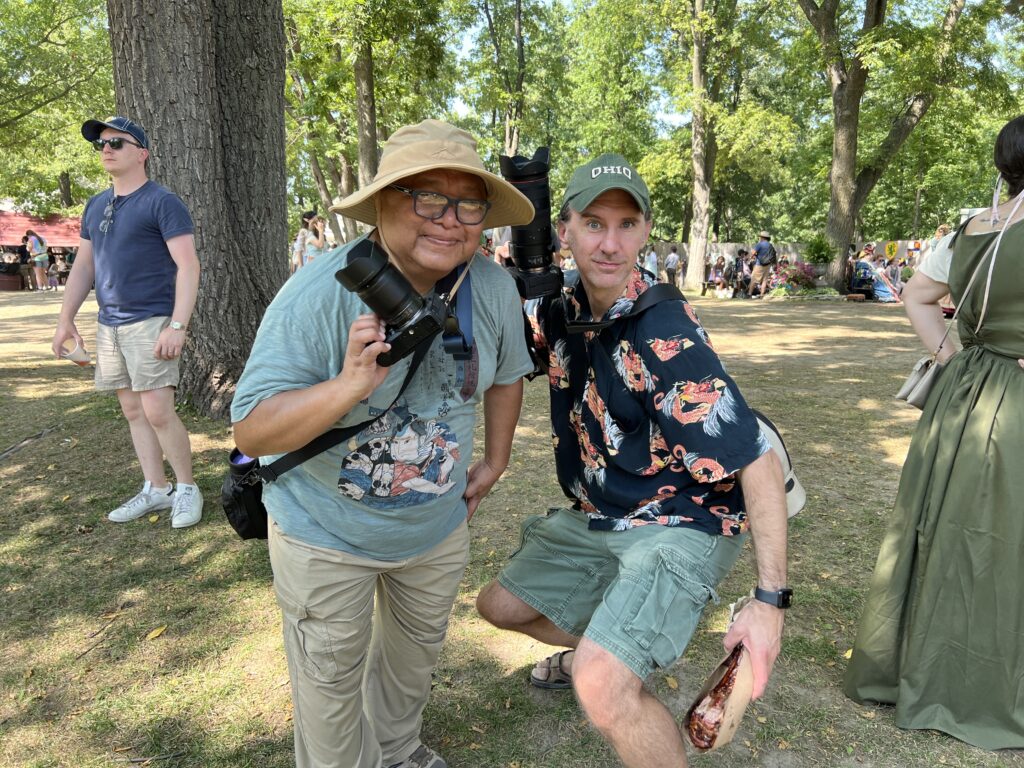
BOTTOM: Allen and me. (Singing ’90s style) “I’ve got one hand on my camera and the other one is holdin’ a turkey leg.”
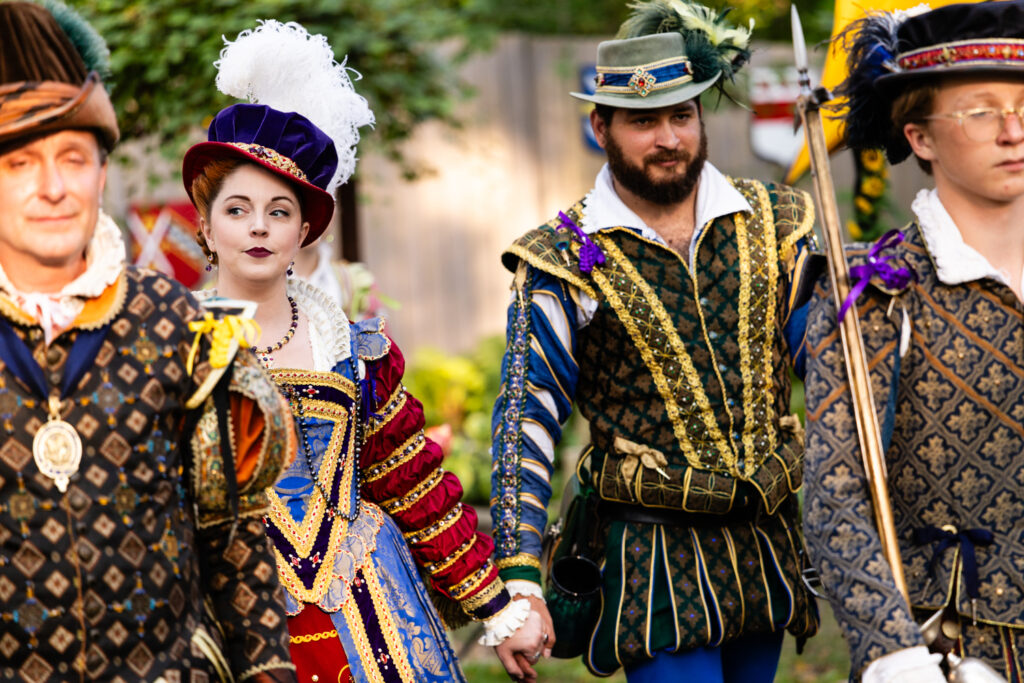
Test Day 2: Botanic Gardens
A week after our Bristol expedition, we visited the Chicago Botanic Garden, where I did a few more tests. This time, I wanted to try using an adapter to shoot with one of my old lenses (the new mirrorless cameras need an adapter to be compatible with lenses made for the previous technology). For this, I used my first, oldest, cheapest, noisiest, plastic-bodied lens, the Canon EF 50mm f/1.8—aka “the nifty fifty” that I started taking digital pictures with in 2007.


In the first picture, once again the camera does a great job focusing on its subject. Would there be any meaningful difference with a lens that wasn’t my first, oldest, cheapest, noisiest, and most plastic, mounted on an adapter? Not that I can tell.
I’m including the second picture of the waterfall because it’s a handheld shot taken with a one-second exposure(!), which is why the waterfall has that beautiful spray. What’s ridiculous about this picture is how sharp the rest of the frame looks, except for the leaves on the rock on the left side of the frame. It shouldn’t be this sharp, really. A shutter speed less than a sixtieth of a second is risky at best if you want to avoid camera shake. These new machines are built with internal stabilizers, however, which adjust for camera shake as best they can. The only reason the leaves on the left are blurry is because the wind was blowing them. Needless to say, I was impressed.
Test Results
The new camera and lens performed admirably their first time out. I made my choices of aperture, exposure, shutter speed, and (sometimes) ISO, and the camera took care of the rest. I spent a good deal of time geeking out at the Bristol Renaissance Faire with Allen Castillo about how much less work photographers have to do when shooting with mirrorless cameras. There were still many aspects I was unfamiliar with, which I came to learn in the coming weeks, as well as new complications and a particularly frustrating incompatibility between the new camera and my Profoto flash trigger. Aside from this, the camera itself does feel like a true advancement, and I’m excited to start using it as an art-making tool.

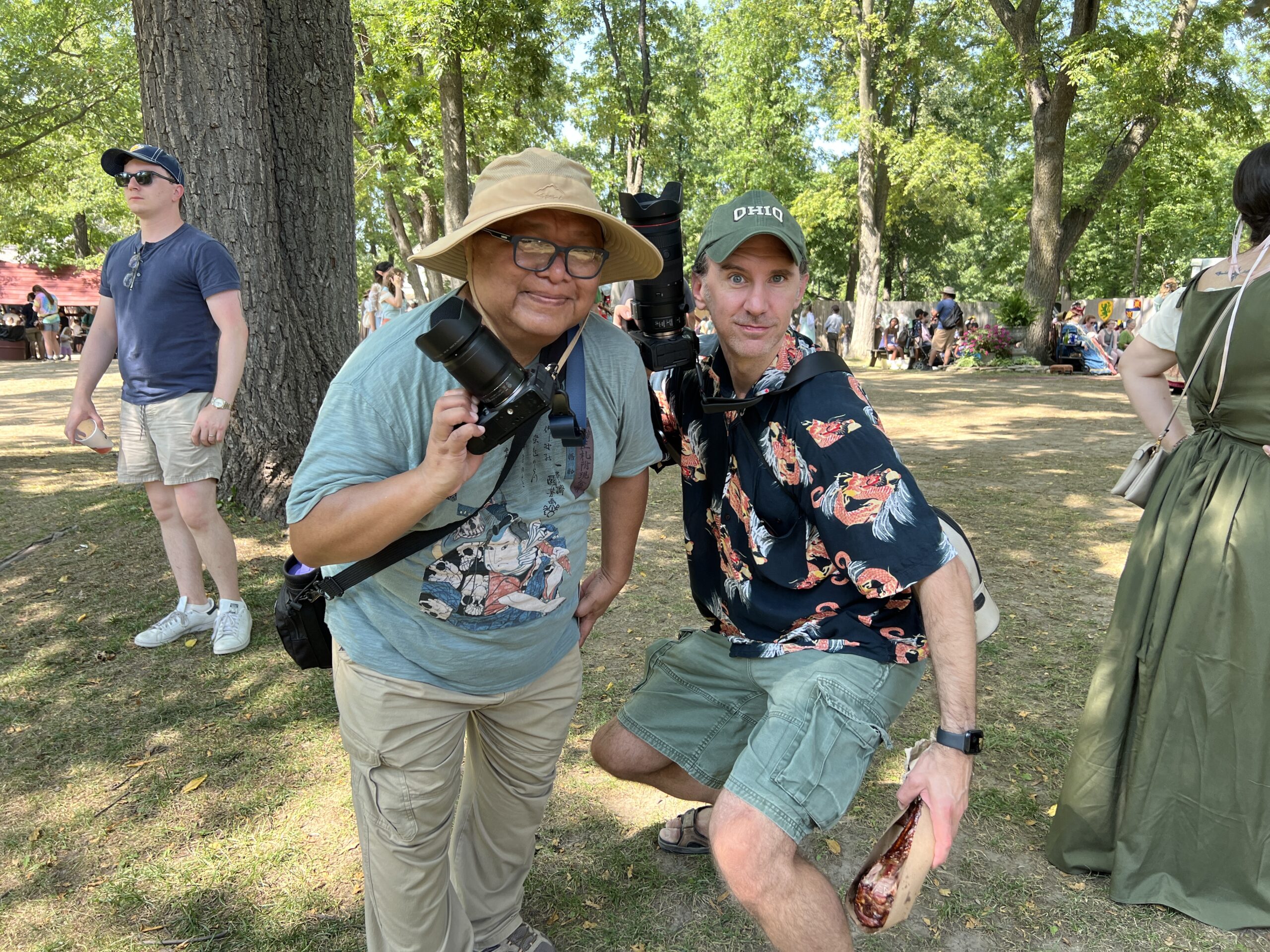
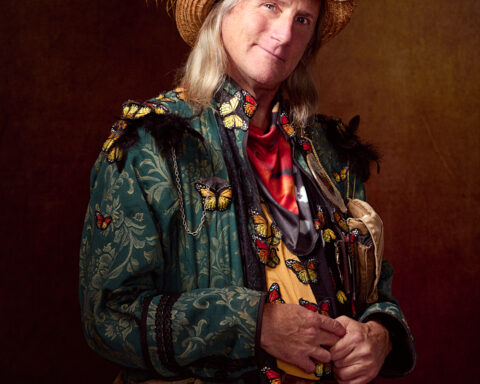
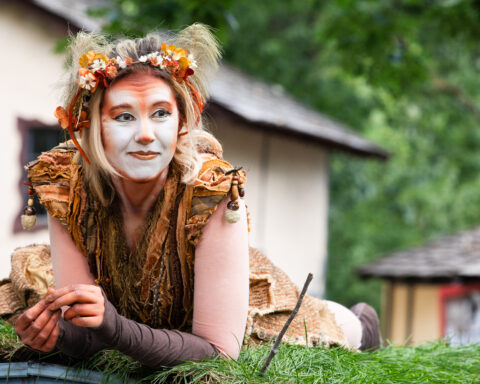
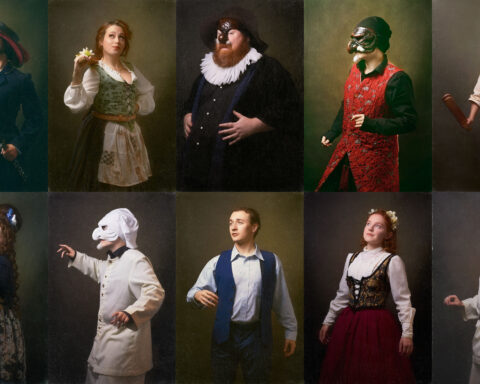

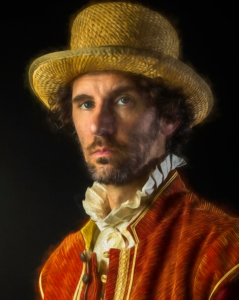

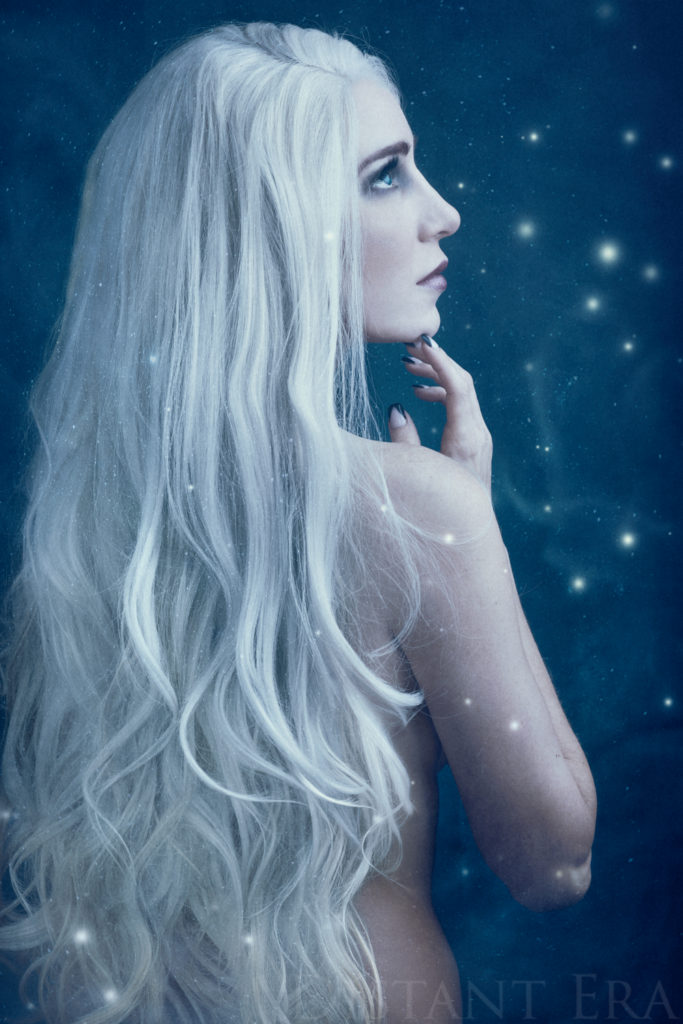
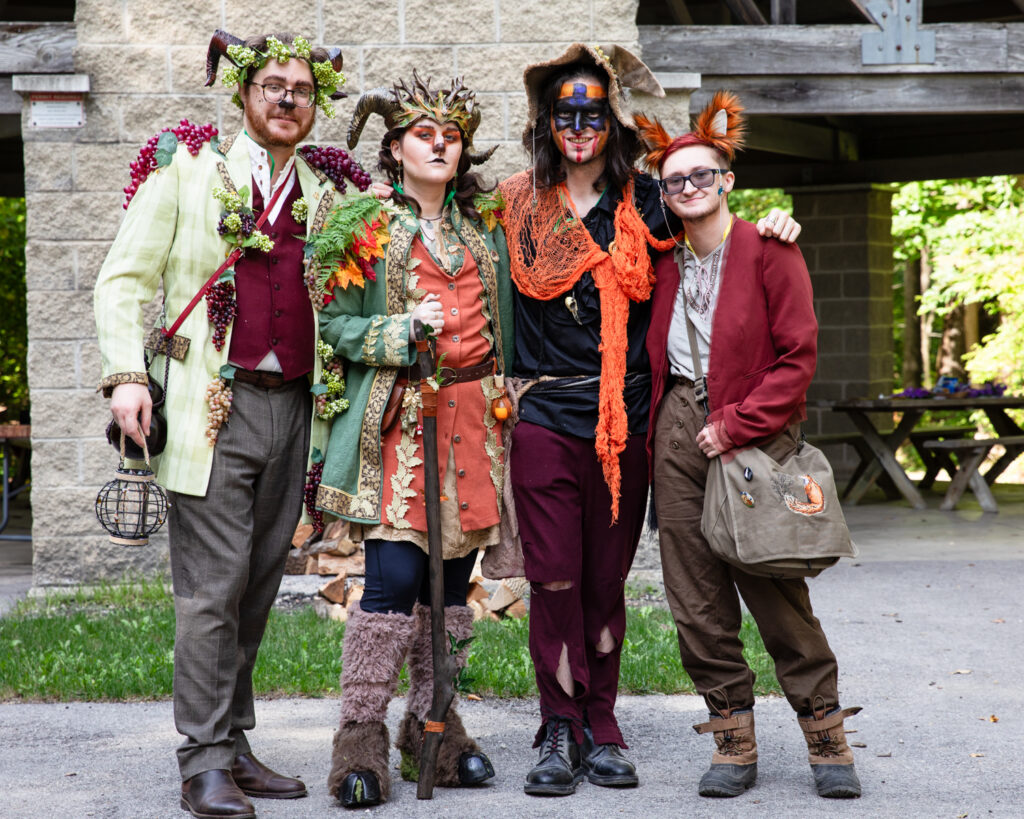
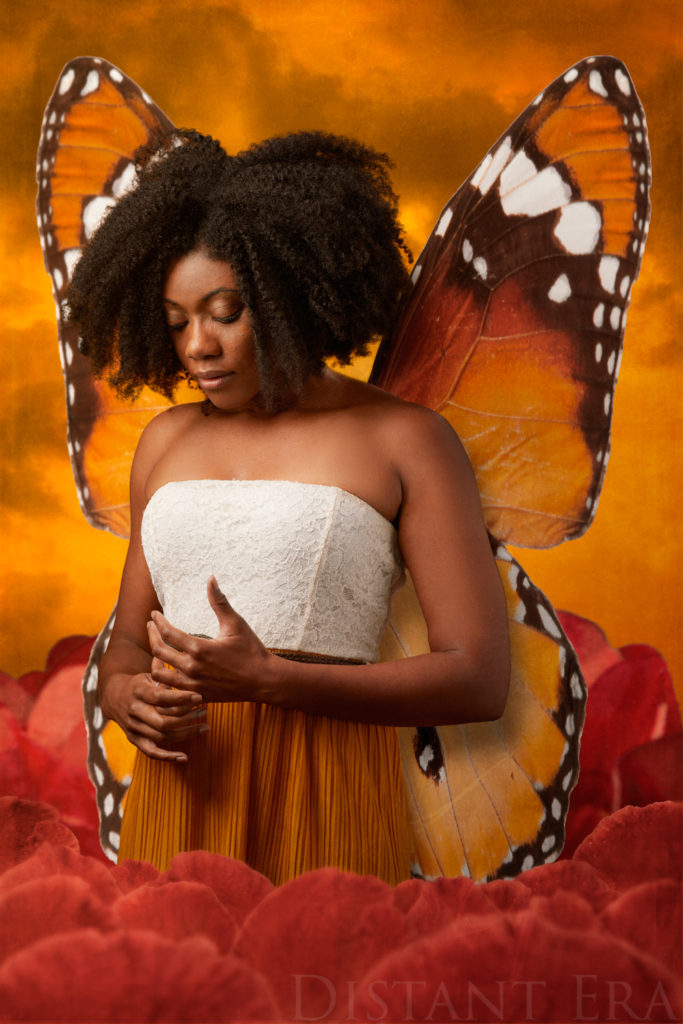
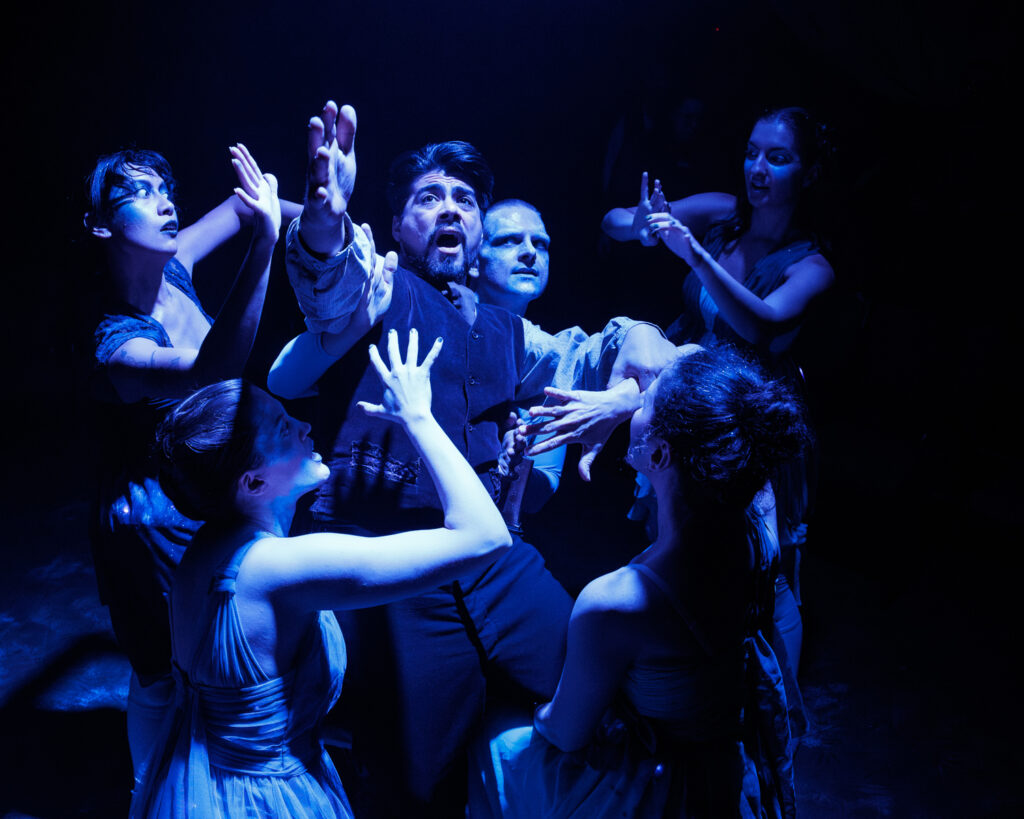
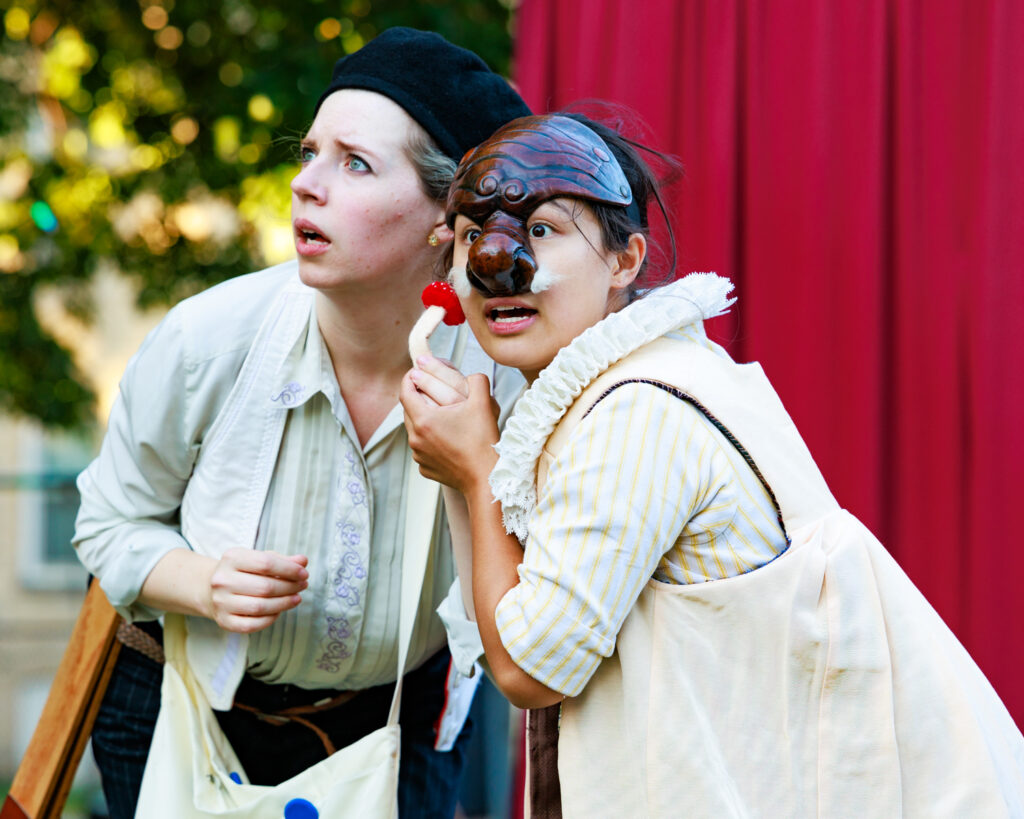
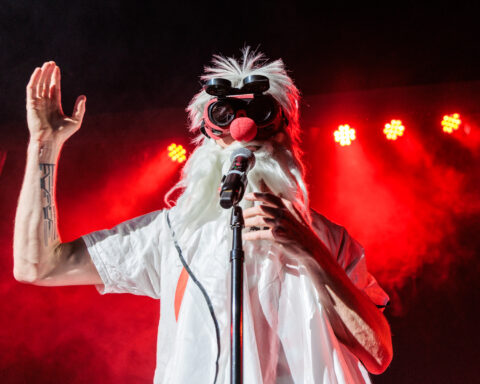
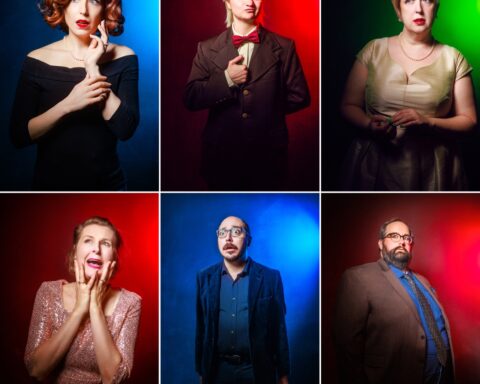
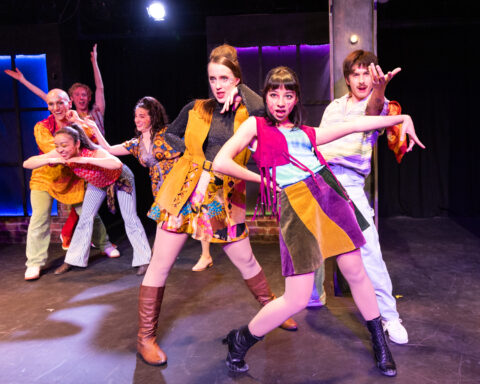
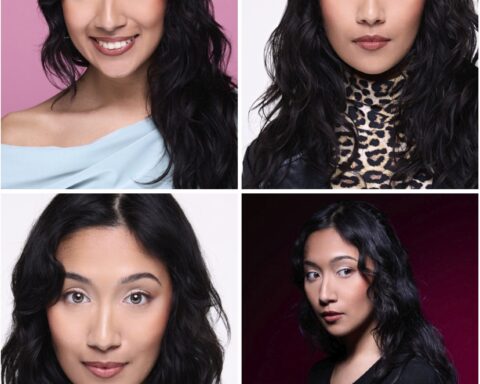

Follow Me